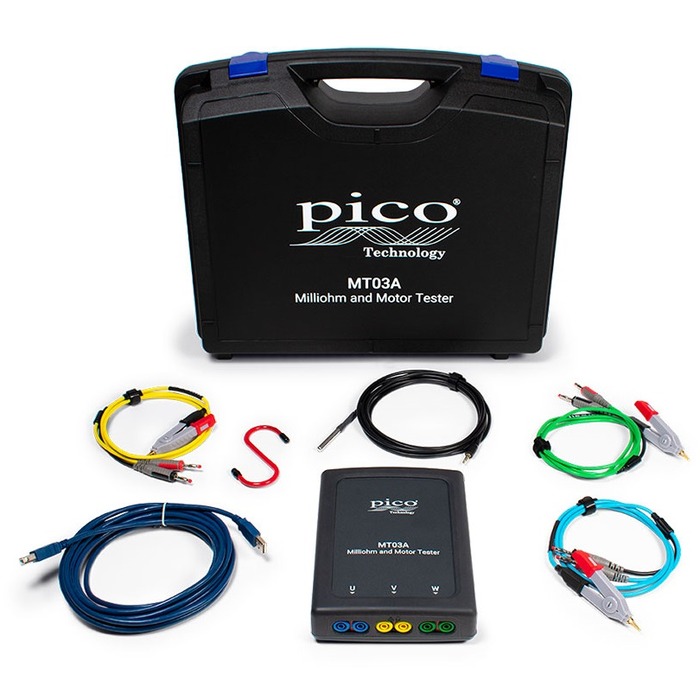
Boosting production surveillance by the Picanet system coupled with AR智能眼鏡 CAN XL technology
The rising complication of modern automated processes systems necessitates robust observation and diagnostic systems. Deploying Picanet, a innovative communication protocol tailored solely for factory environments, integrated with the augmented capabilities of CAN XL, introduces a dynamic solution for concurrent framework supervision. CAN XL's increased bandwidth and range enable seamless integration with Picanet networks, allowing efficient exchange of essential operational data. This article examines the advantages of implementing Picanet management with CAN XL in automated manufacturing applications, demonstrating its significance on system effectiveness.
- In addition, this method enables proactive maintenance by presenting valuable information into system health and imminent issues before they heighten.
- The adjustability of Picanet, paired with CAN XL's extended capabilities, establishes it an superior solution for a wide spectrum of industrial automation implementations.
Utilizing Vuzix Smart Glasses in Distant Monitoring
Vuzix smart glasses are fast advancing a multi-functional equipment in the area of remote surveillance. These innovative devices empower operators to watch immediate broadcasts from different locations, furnishing a hands-free and engaging standpoint. With their lightweight design and streamlined interface, Vuzix smart glasses facilitate swift remote monitoring operations.
- Additionally, Vuzix smart glasses can be combined with existing surveillance systems, empowering for a seamless workflow.
- This linkage strengthens situational awareness by granting operators with a thorough understanding of the surveyed environment.
The multi-functionality of Vuzix smart glasses equips them for a expansive grouping of operations, including security patrols, industrial monitoring, and emergency response. As technology continues to advance, we can foresee even advanced uses for Vuzix smart glasses in the field of remote surveillance.
Building and Applying CAN Relay Control Networks
This composition examines the architecture and application of a solid CAN-based relay control system. Applying the specifications of the Controller Area Network (CAN), this system supports real-time communication between a central controller and distributed relay modules. The framework incorporates intricate protocols to ensure precise control of the relays, optimizing system performance. Moreover, this apparatus validates the advantages of CAN technology in mechanical applications, where steady control is paramount.
- That system contains a central controller, relay modules, and a CAN bus.
- CAN offers a multiplexed communication channel for the manager to manage relay states.
- An software framework is engineered to process data exchange between the controller and relay modules.
Utilization of this system includes hardware design, software development, and system integration. Extensive testing is accomplished to validate the functionality and robustness of the system under numerous operating states.
Analysing Relays in Real Time using PCAN Interfaces
Utilizing PCAN interfaces delivers a dependable solution for prompt monitoring of relay status within factory monitoring and control systems. These rapid communication interfaces assist seamless data transfer between PLCs, microcontrollers, and host computers, granting constant observation of relay activation states. The ability to scrutinize relay behavior in real time provides invaluable insights into system performance, allowing prompt response to potential issues or malfunctions.
- PCAN interfaces offer a reliable platform for real-time data acquisition from relays.
- Real-time monitoring of relay status aids efficient troubleshooting and maintenance.
- Additionally, PCAN interfaces enable high data transfer rates, delivering accurate and timely relay status updates.
Improved Visualization Techniques for CAN Bus with Vuzix XR
Harnessing the potential of real-time automotive diagnostics and analysis has become more crucial in today's connected world. Vuzix XR smart glasses provide an innovative platform for visualizing comprehensive CAN bus data, granting engineers and technicians a hands-free, immersive outlook into vehicle systems. Through advanced imaging techniques, critical parameters such as speed, temperature, and fuel levels are presented in a lucid and minimalistic manner, overlaid onto the user's line of sight. This groundbreaking practice supports technicians to swiftly identify anomalies, diagnose issues quickly, and ultimately streamline maintenance procedures.
- The combination of Vuzix XR's augmented reality capabilities with comprehensive CAN bus data synthesis offers a transformative solution for the automotive industry.
- By leveraging ongoing data streams, engineers can monitor vehicle performance at unmatched accuracy, gaining valuable insights that drives innovation and efficiency.
- The hands-free nature of Vuzix XR empowers technicians to effectively work on vehicles while simultaneously accessing critical information, supporting productivity and safety.
Remote Access to Relays on CAN XL Platforms
CAN XL's extended data frame length offers a exceptional platform for broad accessing and controlling relays. This article examines the application of utilizing CAN XL for relay management, illustrating its strengths. By harnessing its extended CAN XL functionalities, users can effortlessly monitor and manage relay states from a unified location. This approach furnishes optimized system elasticity and lowers the need for physical manipulations with relays.
- Moreover, CAN XL's inherent resilience ensures steady communication even in demanding environments.
- Consequently, fields such as factory operations can make use of CAN XL to build more automated and self-governing systems.
Predictive Maintenance for Relay Systems Using CAN XL and Machine Learning
In the more automated world of industrial operations, maintaining the reliability and uptime of paramount equipment is imperative. Relay systems, fundamental components in many automation configurations, are prone to wear and tear over time, possibly leading to failures and costly downtime. To diminish these risks, integrating predictive maintenance strategies has become imperative. CAN XL, a high-speed, robust communication protocol, grants a suitable platform for gathering real-time data from relay systems. By exploiting the capabilities of Machine Learning algorithms, this data can be investigated to determine patterns and project potential failures before they happen.
- Machine Learning models can be trained on historical data from relay systems to develop benchmarks for normal operation.
- Real-time data collected via CAN XL can then be compared against these baselines, granting the detection of deviations that may indicate impending failures.
- By examining this information, predictive maintenance systems can deliver alerts to technicians, facilitating timely intervention and stopping costly downtime.
Urban System Monitoring Employing Picanet and CAN XL
State-of-the-art advanced metropolises are more and more reliant on robust and reliable infrastructure monitoring systems. To accommodate this burgeoning need, innovative technologies like Picanet and CAN XL are emerging as leading solutions. Picanet's decentralized architecture grants seamless data communication across a wide expanse, while CAN XL offers improved bandwidth and longer network spans. By combining these technologies, cities can achieve real-time supervision of critical infrastructure assets such as traffic flow, energy grids, and environmental sensors. This comprehensive approach boosts smarter decision-making, enhances functional effectiveness, and ultimately uplifts the health of urban residents.
Employing Vuzix AR for Relay Evaluations
Vuzix's modern augmented reality (AR) devices provide a game-changing approach to industrial relay inspections. By overlaying computer-generated visuals onto the concrete world, technicians can correctly assess relay parts for wear and tear, revealing potential complications. This hands-free inspection method raises technician productivity, lowering downtime and upgrading overall risk management on the job site.
- Moreover, Vuzix AR technologies empower real-time connection between technicians and consultants, promoting quicker troubleshooting.
- For this reason, Vuzix AR accelerates the relay inspection process, facilitating a more effective and cost-effective method.
Enhancing Relay Performance with Real-Time CAN Data Analysis
Accomplishing optimal unit performance within intricate systems often hinges on comprehensive analysis of real-time data. Controller Area Network (CAN) provides a secure platform for amassing this critical information, facilitating in-depth insights into relay behavior and system well-being. By utilizing real-time CAN data review, engineers can discover potential issues, optimize relay settings for peak operation, and ultimately boost the overall reliability and performance of the system.
- Real-time CAN data analysis grants a valuable tool for identifying deviations in relay behavior.
- Utilizing real-time monitoring systems can significantly increase system monitoring.
- By analyzing CAN data, engineers can evaluate relay performance metrics such as reaction time.
Trusted Communication Frameworks for Relay Controls
Relay control networks depend on secure communication protocols to guarantee the integrity and confidentiality of transmitted data. These protocols enable reliable data exchange between relay nodes and central controllers, protecting from unauthorized access, corruption, and eavesdropping. Adopting robust protocols such as AES is crucial for maintaining the security and reliability of these networks. This guarantees efficient and safe operation in critical applications spanning industrial automation to smart grids.
